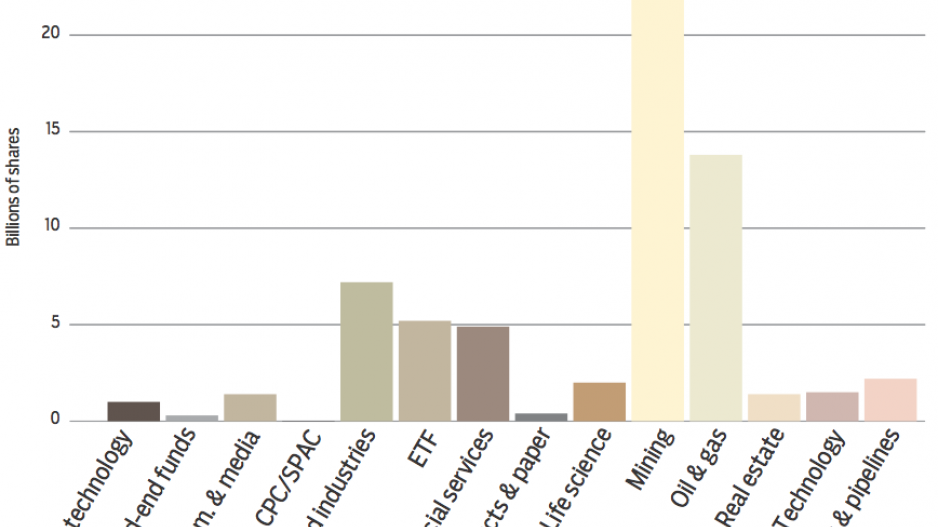Political and market uncertainty will still plague commodity prices in 2017, but B.C.’s mining industry is cautiously optimistic that resource prices are stabilizing, if not recovering.
Both copper and metallurgical coal, which each account for approximately 40% of B.C.’s mining revenue, according to PwC Canada’s estimates, rallied to close out the year much higher than where they started. For an industry that has faced years of depressed prices, layoffs and idling operations, it’s welcome news.
“I think in 2016 we’ve seen that bottom out, or perking up,” Jock Finlayson, executive vice-president and chief policy officer with the Business Council of British Columbia, told Business in Vancouver.
“Will it continue into 2017? I certainly don’t expect anything resembling a commodity market boom, but I do think we’ve seen the worst of metals and energy prices.” Finlayson added that because three-quarters of B.C.’s exports come from natural resource industries, the trend is a favourable development for the overall provincial economy.
Nothing, however, is certain.
Prices for gold and silver have already shifted down from rallies earlier in 2016, and no one seems prepared to bank on a commodity price recovery.
“We have seen perhaps one of the most challenging cycles as far as commodity prices are concerned,” said Karina Briño, president and CEO of the Mining Association of BC (MABC).
According to Briño, weak coal prices have forced one in two B.C. coal operations into camp maintenance.
“There is also very cautious optimism that maybe the other operations … may go back into operation in 2017,” she said.
Joel McKay, CEO of the Northern Development Initiative Trust, told Business in Vancouver that in B.C.’s north, some of those projects are moving forward. Imperial Metals Corp.’s (TSX:III) Red Chris Mine is in full production mode. Pretium Resources Inc.’s (TSX:PVG) Brucejack gold project is under construction and the Brule mine in Tumbler Ridge has gone back into production after being bought by Conuma Coal Resources Ltd.
For 2017’s first quarter, Vancouver-based Teck Resources Ltd. (TSX:TCK.B) set its met-coal benchmark price 43% above its fourth-quarter benchmark price, a move that positively impacts the company and its five mines in B.C.
“That’s a very significant incremental increase in performance,” said Mark Platt, partner and B.C. region mining leader with PwC.
When it comes to junior mining, Platt sees a “surge of confidence” generally that isn’t entirely sustained. While larger and more established junior mining companies benefited from increased access to capital in 2016, he sees smaller companies continuing to face challenges.
“There’s still, I think, a large number of juniors who are struggling for finance,” said Platt. In that vein, he’s seen more innovation in how companies are raising capital. He’s also seen larger companies divesting their non-core assets – a move that has allowed smaller companies to acquire and expand.
For 2017, MABC will continue to watch how the federal government’s climate change plan, along with B.C.’s climate leadership plan, will affect the local mining industry.
While increased infrastructure spending south of the border could be a good sign for Canadian miners, Platt said the uncertainty around the policies of the incoming U.S. leadership, and the province’s upcoming election, are reasons for some caution.
“Generally there’s been positive news,” said Platt. “But I would say there is caution. Obviously people don’t really know quite what to expect.” •




